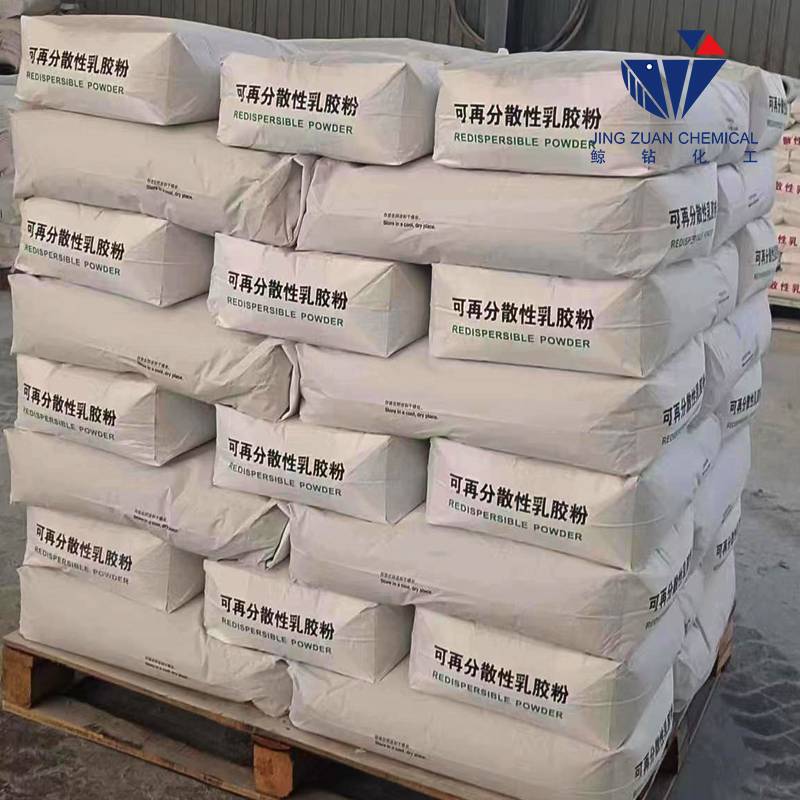
Nov . 07, 2024 18:09 Back to list
Exploring HPMC Viscosity Grades for Optimal Application and Performance in Various Industries
Understanding HPMC Viscosity Grades An In-Depth Overview
Hydroxypropyl methylcellulose (HPMC) is a versatile polymer that has gained significant attention in various industries, particularly in pharmaceuticals, construction, food, and cosmetics. One of the crucial aspects of HPMC that industry professionals must consider is its viscosity grades. These grades play a vital role in determining the performance and application of HPMC in different formulations. In this article, we will explore the significance of HPMC viscosity grades, factors influencing viscosity, and their implications for various applications.
What is HPMC?
HPMC is a semi-synthetic polymer derived from cellulose, which is a natural polymer found in the cell walls of plants. The modification process of cellulose to produce HPMC involves the substitution of hydroxyl groups with hydroxypropyl and methyl groups. This modification imparts unique properties to HPMC, such as solubility in water, gel formation, and film-forming capabilities. These characteristics make HPMC an essential ingredient in numerous products ranging from controlled-release drug formulations to thickening agents in food processing.
Importance of Viscosity Grades
The viscosity of HPMC is a key parameter that influences its behavior in different applications. Viscosity grades refer to the thickness or resistance to flow of a solution containing HPMC and are crucial in determining the performance of HPMC in a specific formulation. Manufacturers often categorize HPMC based on its viscosity, which can vary significantly from low to high viscosity grades.
1. Low Viscosity Grades (e.g., HPMC K4M) These grades have lower molecular weight and are characterized by lower viscosity in solution. Low viscosity HPMC is often used in formulations requiring rapid dispersion and ease of application, such as in spray-drying processes or as a binder in tablets.
2. Medium Viscosity Grades (e.g., HPMC K15M) Offering a balance between flow behavior and stability, medium viscosity grades are widely used in pharmaceutical formulations, including controlled-release systems and suspensions. They provide better consistency and can enhance the stability of active ingredients.
3. High Viscosity Grades (e.g., HPMC K100M) High viscosity grades exhibit significantly thicker solutions and are suitable for applications requiring gel-like properties, such as in thickening agents for personal care products or in protective coatings in construction materials.
Factors Influencing Viscosity
Several factors can affect the viscosity of HPMC solutions, including
- Concentration The concentration of HPMC in a solution is directly proportional to its viscosity. Higher concentrations typically lead to increased viscosity, thus affecting the flow characteristics.
hpmc viscosity grades

- Temperature Temperature variations can cause changes in viscosity. Generally, an increase in temperature results in a decrease in viscosity for HPMC solutions.
- pH Levels The pH of the solution can also influence viscosity
. HPMC is relatively stable across a range of pH values, but extreme conditions may affect its performance.- Shear Rate The viscosity of HPMC can change depending on the shear rate applied. The behavior of HPMC can be described as pseudoplastic, meaning it becomes less viscous under stress.
Applications of HPMC Viscosity Grades
The selection of HPMC viscosity grades is critical in ensuring optimal performance across different applications.
- In the pharmaceutical industry, low and medium viscosity grades are often used for drug delivery systems, while high viscosity grades are utilized for gel formulations and as stabilizers in suspensions.
- The food industry employs HPMC as a thickening agent and emulsifier, where viscosity grades are crucial to achieving consistent texture and stability in products like sauces and dressings.
- In construction, HPMC is used as a thickening agent in cement-based formulations and tile adhesives. Higher viscosity grades help improve the workability and adhesion of these materials.
- In cosmetics, HPMC serves as a binder, thickener, and stabilizer in products like creams and lotions, where high viscosity is essential for product consistency.
Conclusion
Understanding HPMC viscosity grades is essential for selecting the right polymer for specific applications. The interplay between viscosity and performance dictates how effectively HPMC can meet the demands of various industries, from pharmaceuticals to food production. By carefully considering viscosity attributes, manufacturers can optimize their products for superior quality and efficacy. As applications for HPMC continue to expand, ongoing research and development will only enhance our understanding of this remarkable polymer’s potential.
-
Versatile Hpmc Uses in Different Industries
NewsJun.19,2025
-
Redispersible Powder's Role in Enhancing Durability of Construction Products
NewsJun.19,2025
-
Hydroxyethyl Cellulose Applications Driving Green Industrial Processes
NewsJun.19,2025
-
Exploring Different Redispersible Polymer Powder
NewsJun.19,2025
-
Choosing the Right Mortar Bonding Agent
NewsJun.19,2025
-
Applications and Significance of China Hpmc in Modern Industries
NewsJun.19,2025







